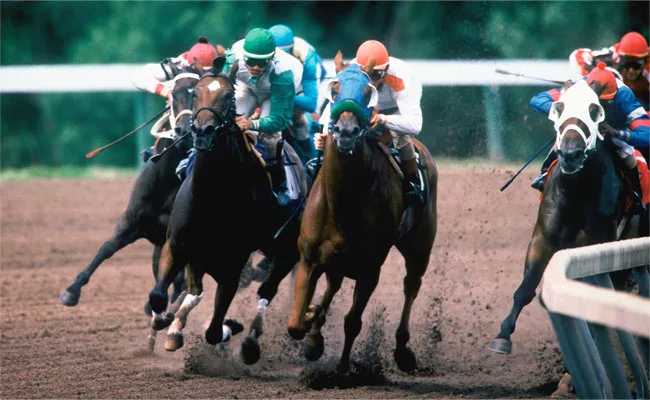American Farriers Journal
American Farriers Journal is the “hands-on” magazine for professional farriers, equine veterinarians and horse care product and service buyers.

HANDEDNESS IN RACING. David Farmilo says right-handed horses have an advantage on a counter-clockwise course, while left-handed horses do better on clockwise courses.
Horses don’t have hands, of course, but that doesn’t mean they don’t have a dominant side. And this left- or right-handedness is an important concern for farriers, trainers and riders.
If a horse is right-handed, when you look at the off-fore hoof closely, you will notice it is bigger than the near-fore hoof. Conversely, if the horse is left-handed, the near-fore hoof will be bigger than the off-fore hoof.
The reason for this is that from day one of the horse’s life, its brain dictates that it will use its naturally stronger foot, and so that foot will become more developed. Sometimes the difference is so small that the only way you can tell is to feel the width of the coronet band and then compare this with the opposite foot in the same manner. Your fingers will notice the difference.
In my opinion, right- and left-handed horses are in equal proportions and an ambidextrous horse (one with both feet exactly the same size) occurs about one time in 1,000 and is brilliant at anything you ask him to do.
From the farrier’s point of view, it is important to be able to recognize right- or left-handed tendencies. Many years ago, working as a colt breaker and farrier, I noticed that most young horses seemed to be more tractable on one side than the…